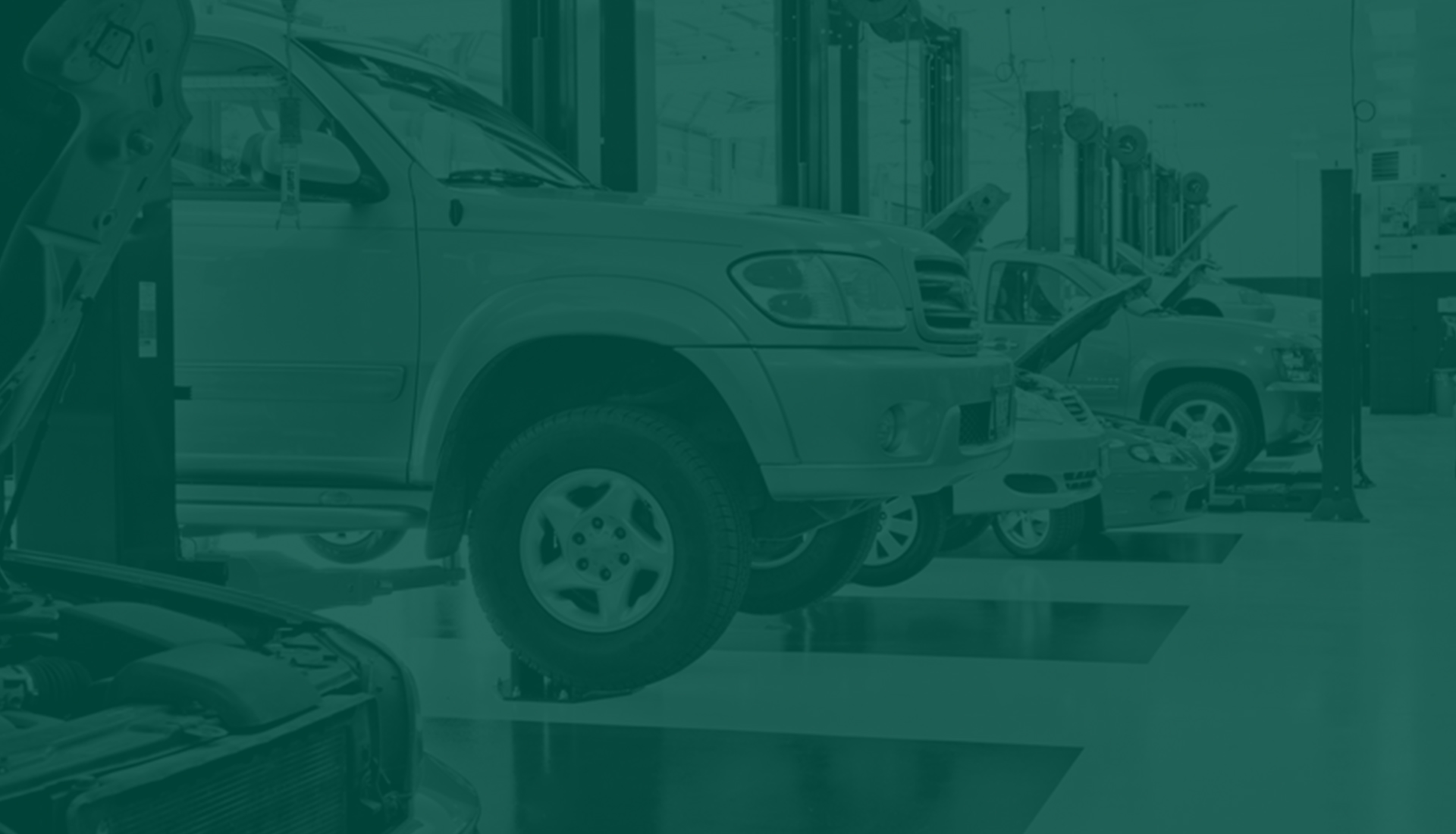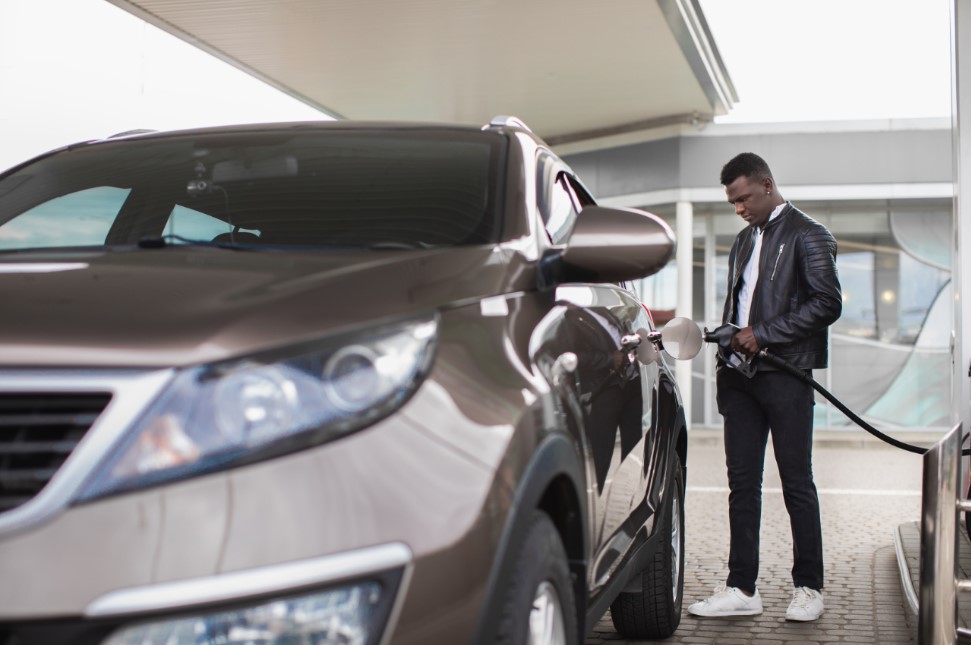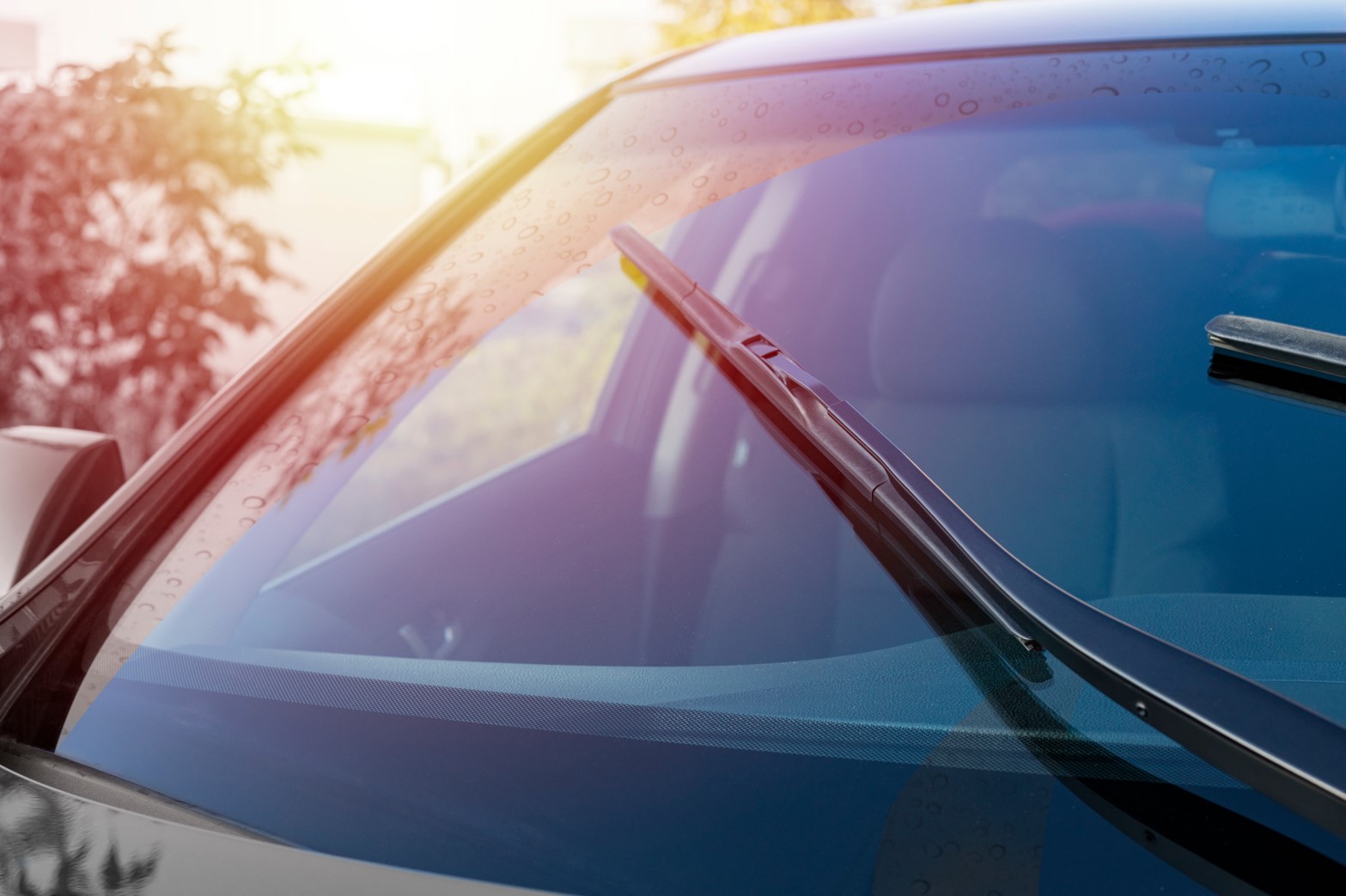
Guidelines to Buying Your Teen the Best Car Possible
Excitement builds in a teen as they grow closer to getting their license and owning their very own car. While the teen fantasizes about a flashy, fast sports car, their parent pictures something more along the lines of an army tank.
To help navigate this age-old dilemma, Christian Brothers Automotive is continuing its series of 10 important lessons for teen and first-time drivers with helpful guidelines to choosing a teenager's first car.
HERE ARE THREE CONSIDERATIONS WHEN BUYING A TEEN'S FIRST CAR.
Whether to buy new or used
In purchasing a car for a teen, one of the of the most difficult steps is finding a car that qualifies as safe, reliable and economical, and one that won't shoot your insurance premiums through the roof. While buying a brand new car might seem like a wise choice, a new car cannot meet all necessary qualifications.
A new car will protect against immediate breakdowns and repairs, but you're paying a high cost for that protection. New cars lose an average of 60% of their value in the first 5 years, and often come with sky-high insurance premiums. The cost of a new car simply isn't worth the status symbol.
Nowadays, there are even ways to get the warranty benefits while buying used. According to Jack Nerad, executive editorial director for Kelley Blue Book. “If you buy a certified pre-owned car you get the advantages of a new-car like warranty, and perhaps, better financing rates.” A flashy new car might be your child's desire, but a used car is the more logical choice.
Do Your Research
Before you even leave the house and head to the dealership, do your homework. Look at user reviews, safety reviews and awards given for the car you have in mind. Find a car that is safe, dependable, and will last you for the remainder of high school and on through college.
Make sure to check the make, year and model of your desired vehicle. It's also helpful to look in the blue books to determine what your car is worth and what other buyers have paid for the same model.
Inspect for Damage
Any signs of damage, rust spots, dents or scratches are cause for concern. Signs of welding and tape residue could indicate a part has been broken and replaced.
Places to check:
- Under the hood
- Under the car
- In the trunk
- The outside paint
- Seats
- The saddle (the part that connects the front fenders and holds the top of the radiator)
Important Safety Features
There are three non-negotiables when it comes to your child's safety:
- Antilock Brake System (ABS)
- Electronic Stability Control (ESC)
- Side Airbags
Antilock brakes have been standard on most cars for some time, and are a vital safety element. When you slam on your brakes, have you noticed the car continues to move forward? That's because the ABS prevents the wheels from completely stopping, or locking up. Even on slick surfaces (like in the rain and ice), you will be able to maintain steering control.
Electronic stability control (ESC) did not come standard on older cars, so it's important to check for this feature before buying used. ESC is an important safety element that prevents a car from rotating. This is crucial when a teen takes a turn too fast or is driving during bad weather.
Side airbags provide head protection during a side impact. If your teen is T-boned by another car, the side and side-curtain air bags will keep their head from hitting the side window. Side air bags are not standard, so you need to check for this feature before purchasing any car.
Check for Leaks
If the car is leaking fluid, you can be sure it will lead to an eventual repair. Before the test drive, turn on the car and let it idle for 30 seconds to 1 minute. Move the car and look to see if any fluid has dripped below the car.
If there is black, green or pink fluid, this is a sign of trouble. Black fluid might be oil, green fluid is typically anti-freeze and pink or red fluid may indicate a transmission leak.
Examine the Engine
The engine is the vehicle's heart and energy source. If there is a problem with the engine, you can be sure a repair will be needed in the not-too-distant future. Inspect for any corrosion or signs of leakage. Dark brown stains or dried fluid could mean a leak in the gasket or one of the hoses.
Check around the brake fluid reservoir, the oil filler cap and the transmission. Pull out the transmission dipstick and check the coolant in the overflow jar. If the transmission fluid is not pink or red, or the coolant is dirty brown, it means the fluids have not been recently changed. If the fluid levels are low, the car has not been properly maintained.
While looking in the engine, be sure to check all hoses and belts. Squeeze the hoses to check for rigidity. They should be firm but flexible and not show any signs of leaks or swelling. The belts should not have any cracks, tears or frays.
Check the AC
Turn on the air conditioning to make sure it works and cools off in a timely manner. While a broken AC system might not seem like a big deal, it could lead to further damage down the road.
A broken AC system may be leaking refrigerant, which could wear away at other parts of the engine. The AC system is also a vital part of defogging widows during the rainy and snowy seasons.
Check All Lights
Turn on all lights to make sure there are no burnt-out bulbs or electrical issues. If more than one light does not turn on, it could signal a problem with the car's electrical system.
Verify all lights are working, including:
- Sensors
- Headlights
- Taillights
- Brake lights
- Dome lights
Pay Attention to the Mileage
The mileage is an indication of the car's age and how much it's been through. A normal driver will put an average of 10,000 to 15,000 miles of wear on a car each year. If the car has fewer than 100,000 miles on it, many of the original manufacturer warranties may still apply.
While the mileage is an important factor, you also need to be mindful of the amount of maintenance and service put on the car. A car that has a lot of mileage but was properly maintained will serve you better in the long run than a car with a few miles that was not regularly serviced.
Check the Tires
The tires will be your indicator of the previous owner's driving habits. Check that the tires all match each other and show even wear along the tire's sides. It's a good idea to check the spare too, just to ensure the tire pressure is accurate and the car has not been driving on a spare in place of the original wheel.
Check the tire tread as well to determine whether the tires will need replacing any time soon. An easy way to check for proper tread is to place a penny between the tire tracks, upside-down. If you can see Abe's head, the tread is worn.
Take the Car for a Test Drive
The test drive will give you a good idea of how the car handles, as well as any potential maintenance problems. Pay attention to any sounds or noises the engine or brakes make during acceleration and stopping. Bring the car up to about 30 miles per hour (MPH) and then come to a steady stop.
Check for any grinding, squealing, pulsing or trepidation. If the car pulls off to one side or clunks during a slow turn, there may be an issue.
Check the Service History
Most used car dealerships and reputable sellers will have a record of the vehicle's history. Check for any service or needed repairs, as well as routine maintenance. If the car has been through any accidents, it's important to be aware of how the car was repaired and maintained afterwards.
Bring the car in for a Pre-Purchase Inspection
While most impending maintenance and repair issues can be caught with a test drive and a visual inspection, some cannot be seen without a thorough examination. Bringing your car into Christian Brothers Automotive for a pre-purchase inspection will catch any small issues so they can be handled up-front or by the previous owner.
When buying from a dealership, a pre-purchase inspection could lower the asking price by making the dealer aware of any maintenance issues neglected by the previous owner.
So, what's the best choice?
A last consideration is the fact that large trucks and SUV's are not recommended for inexperienced drivers. SUV's especially are more likely to roll over and both have a much higher center of gravity than smaller cars. Likewise, sports cars have a higher rate of speeding tickets and accidents, as well as higher insurance premiums than more reasonable cars.
A good place for further research is ConsumerReports.org. In 2014, Consumer Reports sent out a list of the best new cars for teens, including the Acura TSX and the Hyundai Elantra, as well as the best used cars for teens, including the Ford Fusion and Honda Accord.
New or used, there are many elements to consider before purchasing a car. Remember that insurance companies are more likely to penalize sports cars while bigger engines will be more expensive to fuel and maintain. While fancy add-ons may look impressive, they could compromise the vehicle's safety and reliability. If you're financing a car, the insurance premiums will be higher than when you buy outright. Used cars are more cost effective, more reliable and will keep your insurance rates reasonable.
Regardless of your teen's ultimate driving fantasy, it's your duty as the parent to keep your teen safe. Whether you buy used or new, Christian Brothers Automotive's guidelines to buying a teen's first car will help you make the best choice for your new driver.

%5b1%5d.jpg)


